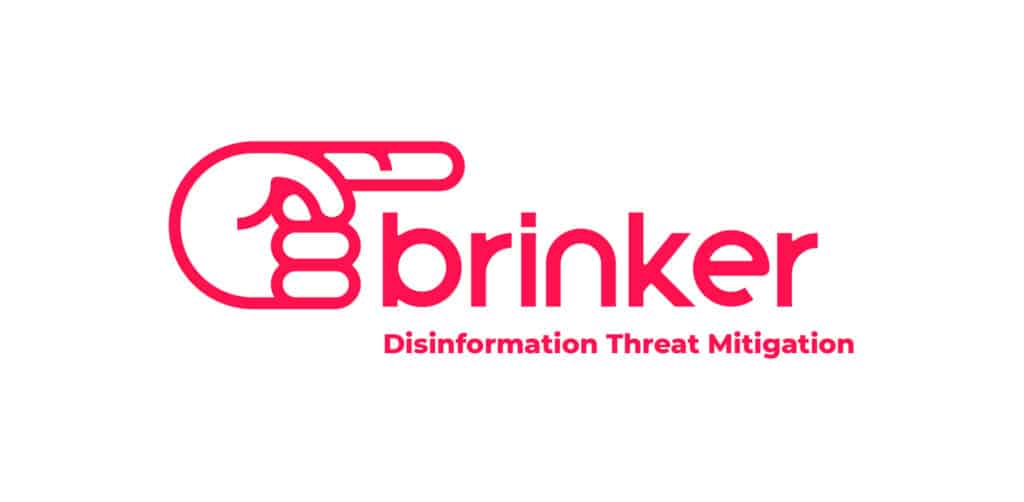Saying that research dollars for cyber security are disproportionately devoted to work on “offensive” techniques (like hacking), social media giant Facebook has awarded two researchers a $50,000 prize for their work on cyber defense. The company announced on Wednesday that Johannes Dahse and Thorsten Holz, both of Ruhr-Universität Bochum in Germany for their work on a method for making software less prone to being hacked. The two developed a method for detecting so-called “second-order” vulnerabilities in Web applications using automated static code analysis. Their paper (PDF here) was presented at the 23rd USENIX Security Symposium in San Diego. In a blog post announcing the prize, John Flyn, a security engineering manager at Facebook, said the Internet Defense Prize recognizes “superior quality research that combines a working prototype with significant contributions to the security of the Internet—particularly in the areas of protection and defense.” Dahse and Holz’s work was chosen by a panel […]
Tag: malware
Time for an Administrator of Things (AoT)? – Security Intelligence Blog
Trend Micro’s Security Intelligence Blog has an interesting post today that looks at the changing demands of networked environments populated by smart “stuff.” Their conclusion: homes and businesses might find increasing need for someone to manage smart devices. “Managing a household full of smart devices calls for the skills of both a multi-user IT administrator and a handyman. Let’s call this role the Administrator of Things (AoT).” As in the early days of business networks, this role is currently ill-defined, Trend notes, with “ordinary users” taking on AoT tasks despite “scant evidence that they are ready for it.” Trend’s Geoff Grindrod doesn’t take a strong position on what the implications of all this complexity. (“This is something that should be looked into,” the report says.) However, he does anticipate friction. “How well people can actually perform (the job of AoT) has a huge impact on their daily lives, which includes the security of their household,” […]
Report: Community Health Hack Linked To Heartbleed OpenSSL Hole
The security firm TrustedSec said in a blog post on Tuesday that a recent hack of the healthcare network Community Health Services was the result of an attack on the so-called “Heartbleed” vulnerability in OpenSSL. According to TrustedSec, attackers targeted vulnerable VPN (virtual private network) software from Juniper networks in a breach that affected an estimated 4.5 million patients. TrustedSec cited a “trusted and anonymous source close to the CHS investigation” in its blog post. It said attackers were able to glean user credentials from memory on a CHS Juniper device by exploiting the Heartbleed vulnerability. Those credentials were used to login via the VPN to CHS’s network, then move laterally to the servers containing the patient data. [Read more Security Ledger coverage of the Heartbleed vulnerability here.] A separate report by Bloomberg attributed the attack to hackers in China, though it did not provide any evidence linking the attackers to a specific Chinese […]
Report: Symantec on Threats to Virtual Environments
The folks over at SANS Internet Storm Center are pointing to a new study by Symantec that warns of threats posed by malicious code to virtual environments and warns that threats such as that the network traffic within virtual containers may not be monitored by services such as IDS or DLP. The paper covers how malware behaves in virtual environments. Specifically, the report examines W32.Crisis, a malicious program that is known to target virtual environments. The Crisis malware doesn’t exploit any specific vulnerability, SANS notes. Rather: it takes advantage of how the virtual machines are stored in the host system to manipulate that environment for malicious purposes while escaping detection. via InfoSec Handlers Diary Blog – Threats to virtual environments.
TRUST: Threat Reduction via Understanding Subjective Treatment
It has become obvious (to me, anyway) that spam, phishing, and malicious software are not going away. Rather, their evolution (e.g. phishing-to-spear phishing) has made it easier to penetrate business networks and increase the precision of such attacks. Yet we still apply the same basic technology such as bayesian spam filters and blacklists to keep the human at the keyboard from unintentionally letting these miscreants onto our networks. Ten years ago, as spam and phishing were exploding, the information security industry offered multiple solutions to this hard problem. A decade later, the solutions remain: SPF (Sender Policy Framework), DKIM (Domain Keys Identified Mail) and DMARC (Domain-based Message Authentication, Reporting & Conformance). Still: we find ourselves still behind the threat, rather than ahead of it. Do we have the right perspective on this? I wonder. The question commonly today is: “How do we identify the lie?” But as machine learning and data science become the new norm, I’m […]






